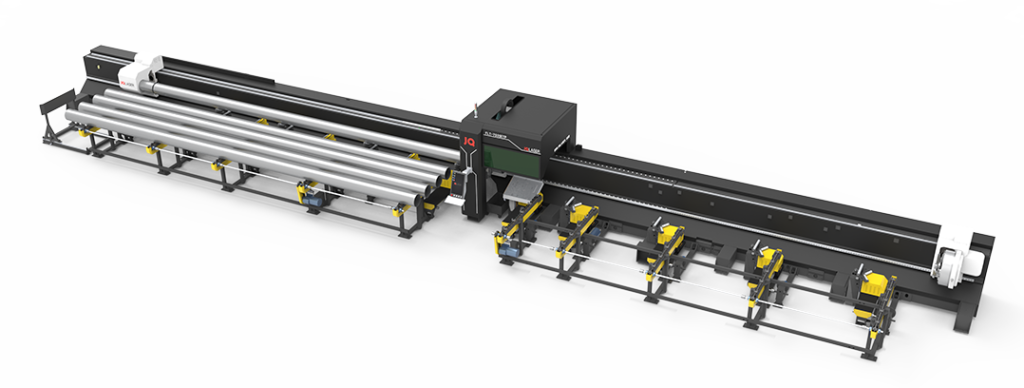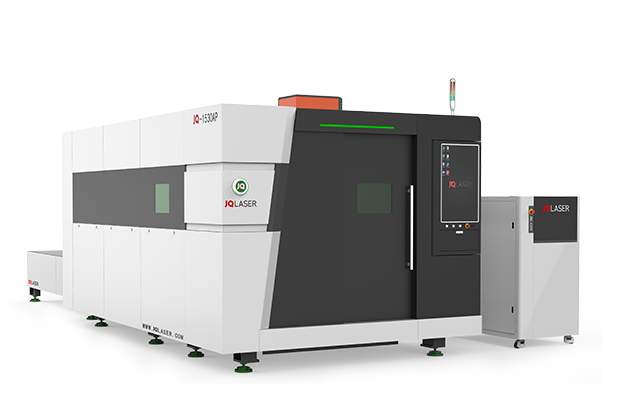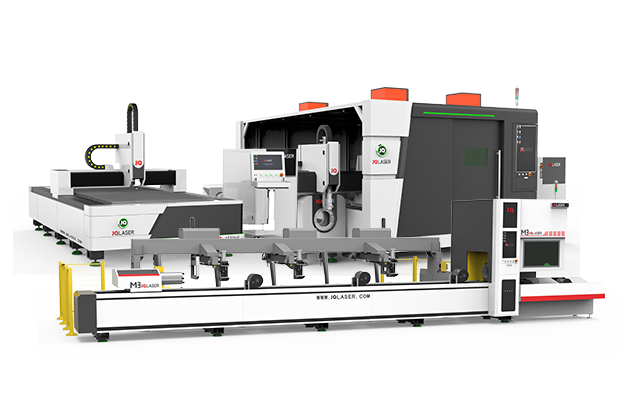What is a laser?
A laser is a machine that amplifies light. It is made up of a gain medium, a resonator, and an optical pump. The gain medium is a material that amplifies light. The resonator is a system of mirrors that confines and regulates the beam of light produced by the gain medium. The optical pump is a device that supplies energy to the gain medium.
Lasers are used in many applications, such as cutting and welding, medical diagnosis and treatment, and data storage. They are also used in entertainment, such as laser shows and laser lightsabers.
How can lasers be used?
Laser Marking
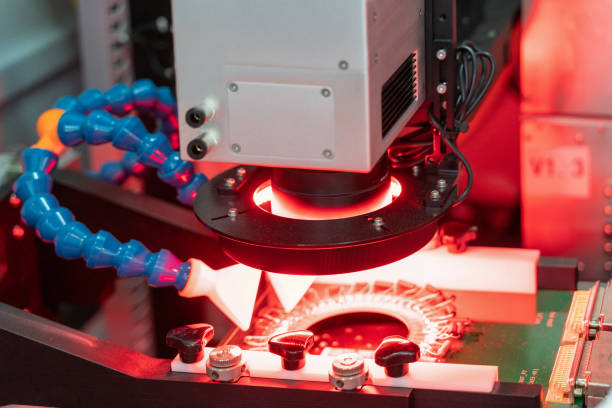
Laser marking is a process of using a laser to engrave an image or pattern onto the surface of a material. The laser beam interacts with the material to create a physical change that results in a permanent mark. Laser marking can be used on a variety of materials, including metals, plastics, and glass. The marks made by laser marking are more durable and less likely to fade than other methods of marking, such as printing or engraving.
Laser Engraving
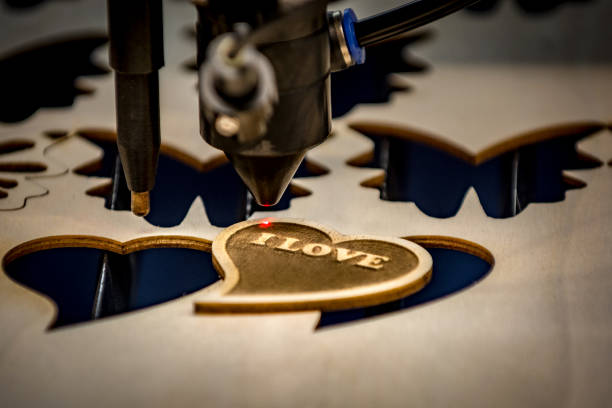
A laser engraving is a process where a laser is used to etch an image or pattern onto a surface. This can be done on a variety of materials, including metal, glass, wood, and plastic. Laser engraving is a popular choice for creating customized gifts or products, as it offers a high level of detail and precision.
The laser engraving process begins by creating a design file that will be used to guide the laser as it etches the desired image or pattern into the chosen material. Once the file is created, the material is placed in the laser engraver and the machine is started. The laser will then follow the design file to create the desired Engraving.
Laser engraving is a versatile and popular way to personalize gifts or products.
Laser Cutting
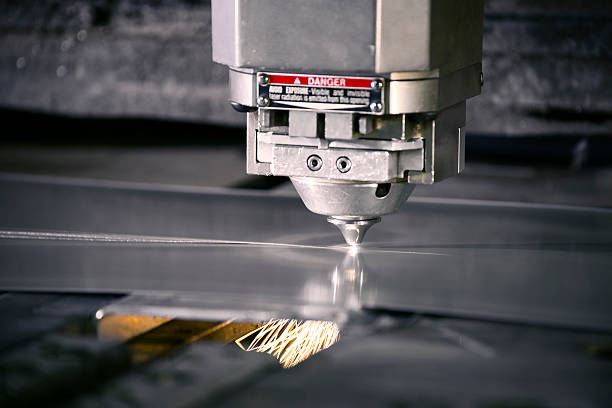
Laser cutting is a technology that uses a laser to cut materials, and is typically used for industrial manufacturing applications, but is also starting to be used by schools, small businesses, and hobbyists. Laser cutting works by directing the output of a high-power laser at the material to be cut. The material then either melts, burns, vaporizes, or is blown away by the laser beam, leaving a clean edge.
Laser cutting has many advantages over traditional cutting methods. It is much faster, more precise, and can be done on a wide variety of materials. Additionally, laser cutting produces very little waste material as compared to other methods such as waterjet or plasma cutting.
Laser Drilling
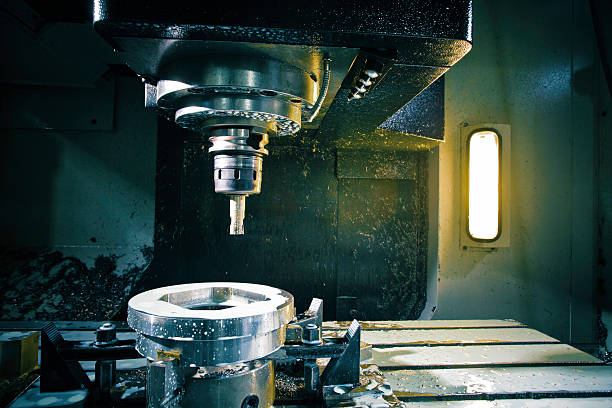
Laser drilling is a process that uses a high-energy laser beam to create holes or perforations in a workpiece. It can be used for a variety of applications, including making electrical contact holes in printed circuit boards and drilling small holes in jewelry and other metal products. Laser drilling is a precise and controllable process that can produce very small holes with smooth walls and minimal debris.
Laser Ablation
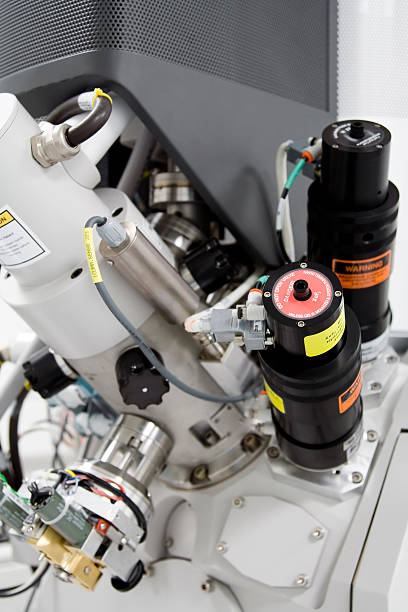
Laser ablation is a process where a laser is used to remove material from a target. The laser beam is focused on the target, and the material is vaporized by the intense heat of the laser. This process can be used to remove material from a variety of different targets, including metals, plastics, and even human tissue. Laser ablation has many applications in manufacturing, medicine, and research.
In manufacturing, laser ablation can be used to create precise patterns or shapes in a variety of materials. It is often used to create printed circuit boards or microelectronic devices. In medicine, laser ablation is used to treat cancerous tumors and abnormal tissue growths. It can also be used to remove unwanted tattoos or birthmarks. In research, laser ablation is often used to study the properties of materials at the nanoscale level.
Laser Annealing
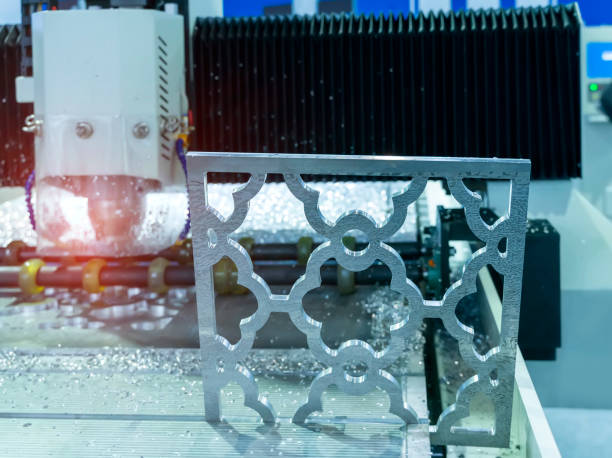
Laser annealing is a process in which a laser is used to heat a material to create desired changes in its physical or chemical properties. The heat from the laser can change the microstructure of the material, making it harder or more malleable. It can also change the surface properties of the material, making it more reflective or less absorbent. Laser annealing can be used to improve the performance of semiconductor devices, solar cells, and other electronic components.
Laser Scribing
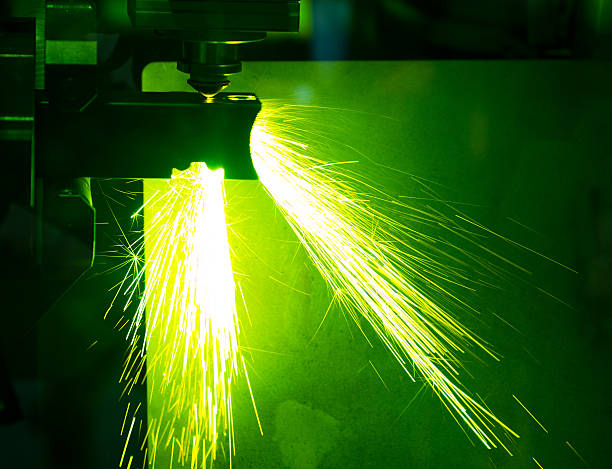
Laser scribing is a process where a laser is used to create very fine lines or grooves in a material. This can be done for a variety of reasons, such as making electrical connections or creating patterns.
The process of laser scribing begins with the selection of material. The material must be able to absorb the energy from the laser, which means that it cannot be too reflective. Once the material is selected, it is placed on a platform that will move it under the laser beam.
Laser Milling
Laser milling is a machining process that uses a laser to remove material from a workpiece. The laser beam melts the material, and the resulting vapor is ejected from the hole that is created. Laser milling can be used to create very intricate shapes and designs in metals, plastics, and other materials.
The main advantage of laser milling is that it can create very complex shapes that would be difficult or impossible to produce with traditional machining methods. Additionally, laser milling can be used to machine parts with tight tolerances and smooth finishes.
There are some disadvantages to laser milling as well. The cost of the equipment required can be quite high, and the process can generate a lot of heat which can damage delicate components. Additionally, the accuracy of the process relies heavily on the skill of the operator.
Laser Cleaning
Laser cleaning is a process that uses a focused beam of energy to remove contaminants from a surface. The high-energy laser beam vaporizes the contaminant, leaving the surface clean. Laser cleaning can be used on a variety of materials, including metals, plastics, and glass.
Laser cleaning is an alternative to traditional cleaning methods, such as chemical cleaning or sandblasting. Laser cleaning is faster and more precise than these other methods. It also does not generate hazardous waste or require the use of harsh chemicals.
Laser Polishing
Laser polishing is a process that uses a laser to remove material from the surface of an object. The laser beam is directed at the surface of the object and the material is vaporized by the heat of the laser. The vaporized material is then blown away by the laser beam, leaving a smooth, polished surface.
Laser polishing can be used to polish any number of materials, including metals, glass, and plastics. The process is often used to create a high-quality finish on medical implants and other objects that require a very smooth surface. Laser polishing is also sometimes used in microfabrication to create small features or reservoirs on surfaces.
Laser Welding
Laser welding is a type of welding that uses a laser to melt and join metals. The laser beam is focused onto the surface of the metal, which melts the metal and creates a weld. Laser welding is used in many industries, including automotive, aerospace, and medical device manufacturing.
Laser welding has several advantages over other types of welding. It is fast and efficient, and it can be used to weld thin materials that are difficult to weld using other methods. Laser welding also produces a strong weld that is less likely to have defects.
What are the benefits of using lasers?
Lasers have become increasingly popular due to their wide range of benefits. Lasers can be used for a variety of different purposes such as medical procedures, construction, and even entertainment.
The most common benefit of lasers is that they are very precise. This is because lasers can be focused on a very small area. This makes them ideal for medical procedures such as eye surgery. Lasers can also be used to cut through materials very precisely. This makes them useful for construction projects that require cutting through metal or stone.
Another benefit of lasers is that they can be used for entertainment purposes. Laser shows are becoming increasingly popular at nightclubs and music festivals. Lasers can also be used in gaming systems to creating immersive experiences.
What are the limitations of using lasers?
However, there are some limitations to using lasers.
One limitation of lasers is that they can only be used on objects that are able to reflect light. This means that lasers cannot be used on objects that are made of dark materials or that have a dull surface. Additionally, lasers can only be used on objects that are close to the laser source. This means that if an object is too far away from the laser, the laser will not be able to reach it.
Another limitation of lasers is that they can be dangerous if they are not used properly. Lasers can cause burns, blindness, and other injuries if they are not handled correctly.
Conclusion:
In conclusion, the application of laser has shown to be very beneficial in many ways., from cutting and welding to communications and medicine. Lasers are an essential tool in many industries and have the potential to revolutionize many more. With continued research and development, the sky is the limit for what lasers can do.

